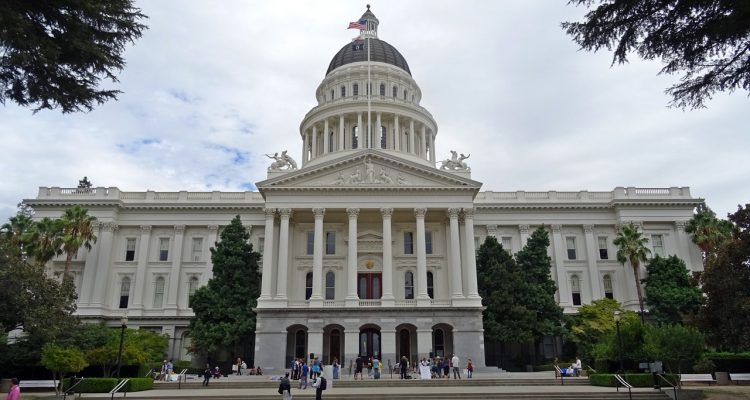Near the end of 2015, California lawmakers passed a high profile bill -the SB 350- that set ambitious goals for clean energy conversion. Together with the renewal of the Net Energy Metering tariff -NEM 2.0- the future on solar energy looks brightest than ever.
Those bills and regulations can seem too big scale to understand, but let’s clear out some points that might benefit you directly if you are planning a solar conversion at home.
The scope of the SB350
In text, this bill requires utilities to put together portfolios to plan how they will build a truly clean grid. The state of California has been as successful in solar energy conversion as to made that energy so abundant that it sometimes outshines demand during the middle of the day. This presents with the opportunity for solar power to work with other clean energy technologies to fulfill the demands of the whole grid 27/7.
The SB350 also asks for the California Energy Commission to research -and remedy through state programs- the barriers for accessing clean energy for disadvantaged communities and low-income customers.

Go Solar goals for 2016 and 2017
The California Energy Commission and the California Public Utilities Commission carry out the Go Solar California! Program, that encourage Californians to install 3,000 megawatts of solar energy systems by the end of 2016, and to install 585 million therms of gas-displacing solar hot water systems by the end of 2017.
With more than $3,500 million in budget -for approximately 10 years in all the programs-, they feed the California Solar Initiative (CSI) (including CSI-Thermal), the New Solar Homes Partnership and other private solar initiatives. This budget is applied as rebates to qualified homeowners, in one installment upfront to cover the investment of solar equipment, or by 60 monthly payments in the course of 5 years.
NEM 2.0 and the benefits on domestic solar energy surplus
For the past decade, this NEM 1.0 policy has regulated both retail-rate payments for customers with domestic surplus solar energy, and fixed tariffs to keep those homeowners connected to the grid to supplement all-day-long energy needs. Now with the NEM 2.0 approval, those benefits were reassured for the next 20 years.
To be eligible to that benefit, the customers need to have installed CEC certified photovoltaic and a 10 year warranty on equipment and installation. Most major solar contractors will walk you through the application to this program -once your system is installed- or help you find some of the rebate programs we mention before -as mean of financing the solar conversion-.
The big picture on renewable energy
California might champion on policies and budget for clean energy adoption, but all the legislation is moving towards the same goals nationwide. By the end of December 2015, the Senate passed a spending package that includes multi-year extensions of solar and wind tax credits, plus one-year extensions for a range of other renewable energy technologies.
These legislation contemplate keeping for another three years the 30 percent Investment Tax Credit (ITC) for solar. It will then dive through 2021, to remain at 10 percent permanently beginning in 2022. Business groups and analysts say the extensions will support tens of billions of dollars in new investment and hundreds of thousands of new jobs throughout the U.S.
“The extension of the solar ITC is the most important policy development for U.S. solar in almost a decade,” said MJ Shiao, GTM’s director of solar research.
Within this framework, solar energy in California is more than a trend but become a solid state policy, that most likely will extend to more regions in the near future.

If you are planning on installing a solar energy equipment at home, let me tell you that now you have the best opportunities on resources and incentives to make it a reality. If you are still in doubt, just ask for a quote and calculate the return on investment and just let the numbers speak for themselves.

